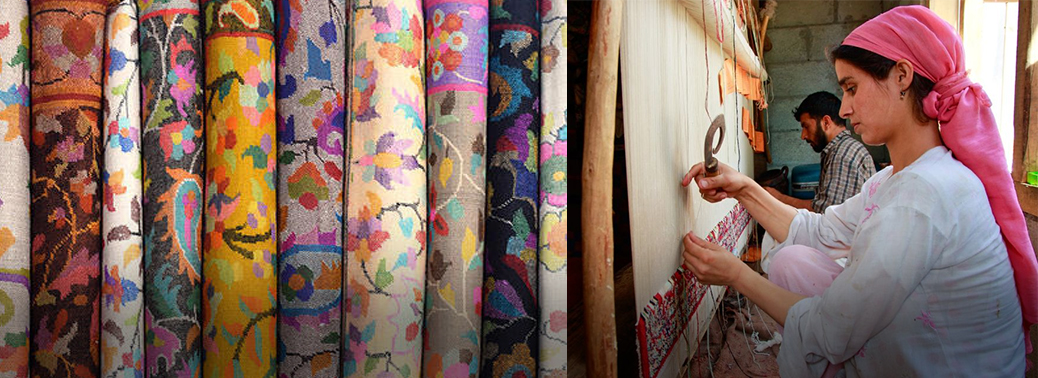J & K artists Weave life back into Antique shawl
05, Sep 2018

Prelims level : Art and Culture
Mains level :
Why in news?
- The Jammu & Kashmir government is now making efforts to revive this dwindling breed of craftsmen whose rare ability to repair expensive antique shawls is in great demand across the country and abroad.
Rafoogars:
- Rafoogars of India, who are specialists in Textile restoration and The darning has to be so beautiful that it has to merge with the cloth, the damage becoming invisible. It is perfection not visible.
- Darners from Kashmir once impressed the Mughal emperors, who hired them to keep their shatoosh and pashmina shawls intact.
- This exhibition aims to highlight their important role in the preservation, restoration and renewal of these precious shawls by recognising the highly intricate and laborious work.
Shatoosh shawl:
- Shahtoosh shawls are so fine and light they can be passed through a wedding ring and are warm enough to hatch a pigeon egg. Its name was given by the Mughal Emperors and it means “king of wools” in Persian.
- It is made of the exceptionally fine underfur of the Tibetan antelope or chiru, which insulates this rare animal against the harsh climate of the Tibetan plateau.
- The antelope must be killed for the fur to be collected, and it takes around 4 chiru to make a single shawl.
- Woven by highly skilled Kashmiri artisans, Shahtoosh shawls are a status symbol in India and Pakistan and one of the most valuable dowry gifts a person can However, processing or wearing shahtoosh is a punishable offence in these countries and anyone selling them face prison sentences of up to two years and fine.
- International trade in the Tibetan antelope is also banned under the Convention on International Trade in Endangered Species (CITES).
- According to Wold Wildlife Fund(WWF), the population of chiru is estimated to have declined by more than 50% during the last 20 years of the 20th century.
Pashmina shawl:
- Pashmina is a fine type of Kashmiri wool. The textiles made from it were first wovenin Kashmir. The name comes from Persian meaning “made from wool” and literally translates to “Soft Gold” in Kashmiri.
- The wool comes from four distinct breeds of the Cashmere goat; namely the Changthangi or Kashmir Pashmina goat from the Changthang Plateau in Kashmir region, the Malra from Kargil area in Kashmir region, the Chegu from Himachal Pradesh in northern India, and Chyangara or Nepalese Pashmina goat from Nepal.
- These shawls are hand spun, and woven in Kashmir and Nepal, and made from fine cashmere fibre.






